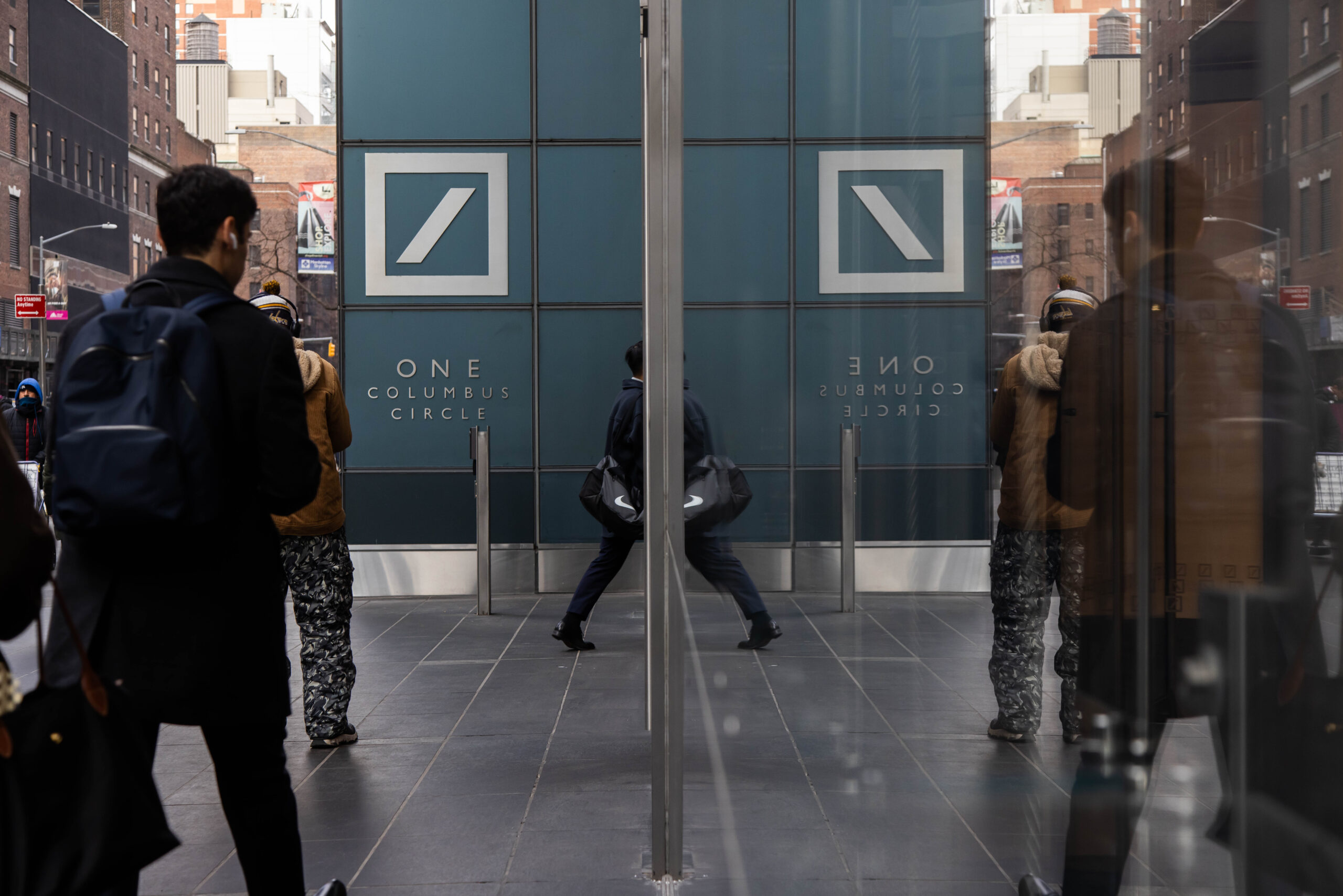The vast majority of commercial insurance buyers renewing their policies appear willing to accept coverage adjustments, moderate price increases, or both, according to a new survey.
Still, the survey of risk managers and other corporate insurance buyers by Hanover Stone Partners finds some firms looking for ways to sidestep higher premiums by adjusting retentions, accepting restrictive policy wording, or changing their insurers or brokers.
“In the face of modest price increases, most buyers are choosing to maintain both their level of insurance protection as well as their relationships with incumbent insurers,” said John J. Kelly, managing partner, Hanover Stone Partners, a Jersey City, New Jersey-based network of risk management advisors and specialized risk management services firms. “Should pricing continue to rise, however, we may see more buyers looking for alternatives, both in terms of program structure and their insurance providers.”
The survey was conducted during the third quarter of 2012. The results are based on responses from approximately 5 percent of the Fortune 500 that renewed their insurance policies during that period through October 1, 2012. Hanover Stone Partners said survey participants were spread among 12 industry sectors, with nearly one-fourth of them businesses with more than $10 billion in annual revenue.
Among the casualty insurance lines, half the buyers saw their general liability premiums rise by 1 – 5 percent, one in 10 experienced increases of 6 – 10 percent, three in 10 had flat renewals, and one in 10 saw rates drop by up to 5 percent. Nine in 10 made no changes to their program, while one in 10 changed brokers.
In auto liability coverage, one-third of the survey participants saw rate increases of 1 – 5 percent, one in eight (12 percent) experienced increases of 6 – 10 percent, one-third had flat renewals, and one in five (22 percent) saw their rates drop by over 15 percent. While more than three in four (78 percent) made no change in their programs or relationships, 11 percent changed brokers and the same percentage changed insurers.
Nearly six in 10 (58 percent) survey participants reported their workers’ compensation insurers sought rate increases that ranged up to 10 percent, while 14 percent had flat renewals, and 28 percent saw rates drop by anywhere from 6 percent to 15 percent. While three in four made no changes to their program or providers, 13 percent changed brokers and an equal portion changed insurers.
In umbrella and excess liability, 70 percent of the participants renewed their coverage with rate increases ranging as high as 15 percent, one in five had flat renewals and one in 10 saw rates decrease by as much as 15 percent. Among the buyers, 30 percent changed insurers while 70 percent left relationships unchanged.
Buyers with global casualty programs reported similar experiences with 75 percent seeing their renewal rates increase anywhere from 1 percent to 15 percent, and one in four experiencing decreases of up to 5 percent. One in four of these buyers changed insurers.
With respect to property insurance coverages, 57 percent of the participants reported their insurers were willing to renew all-risk primary layers with terms and conditions “as expired”; however, 29 percent sought to impose higher retentions or deductibles and 14 percent sought both more restrictive terms and higher retentions. While 14 percent of buyers agreed to the more restrictive terms, an equal percentage changed retentions or deductibles. Most buyers (72 percent) saw premiums rise on their renewals with 14 percent experiencing increases of more than 15 percent.
In the all-risk excess layers, buyers saw a uniformly tightening market. Although half the buyers indicated their insurers were willing to renew these programs “as expired” with respect to terms and conditions, all buyers reported being charged higher premiums and one in three saw their rates rise by more than 15 percent.
Meanwhile, most buyers (75 percent) saw their global property premiums increase by 6 percent to as much as 15 percent. In light of these conditions, one in three buyers reported changing insurers.
Among the executive risk lines, which include directors and officers liability (D&O), crime insurance, employment practices liability (EPLI) and fiduciary liability, there was significant variation on renewal. While nearly one in 10 buyers of D&O coverage indicated their insurers sought higher retentions or deductibles on renewal, 55 percent experienced rate increases of as much as 10 percent. Nearly one in five (18 percent) saw their rates decrease by up to 5 percent. All reported remaining with their incumbent insurers or brokers.
One in four survey participants indicated their crime insurer sought higher retentions or deductibles, and an identical portion experienced rate increases that ranged up to 10 percent. While 88 percent reported no other changes to their crime policies, 12 percent agreed to more restrictive terms.
Among EPLI buyers there was a significant disparity in outcomes: 54 percent saw rates increase from 1 percent to 10 percent and just over one in four had flat renewals. Meanwhile, one in five had rate decreases, with nearly one in 10 seeing rates drop by 15 percent or more. Among EPLI buyers, 8 percent changed retentions or deductibles and 8 percent changed insurers.
One in 10 buyers of fiduciary coverage reported their insurers sought higher retentions or deductibles and one in five indicated insurers increased premiums by 6 – 10 percent. However, none made changes to their programs to mitigate these developments.
Was this article valuable?
Here are more articles you may enjoy.

 US Weather Service Merges Units as Staffing Pressure Rises
US Weather Service Merges Units as Staffing Pressure Rises  Scammers Are Pushing Auto Loan Fraud to Record Levels
Scammers Are Pushing Auto Loan Fraud to Record Levels  Alibaba Teams up With BMW to Develop AI for Cars in China
Alibaba Teams up With BMW to Develop AI for Cars in China  Deutsche Bank, Mudrick Sue Ambac Over $65 Million Transfer
Deutsche Bank, Mudrick Sue Ambac Over $65 Million Transfer 